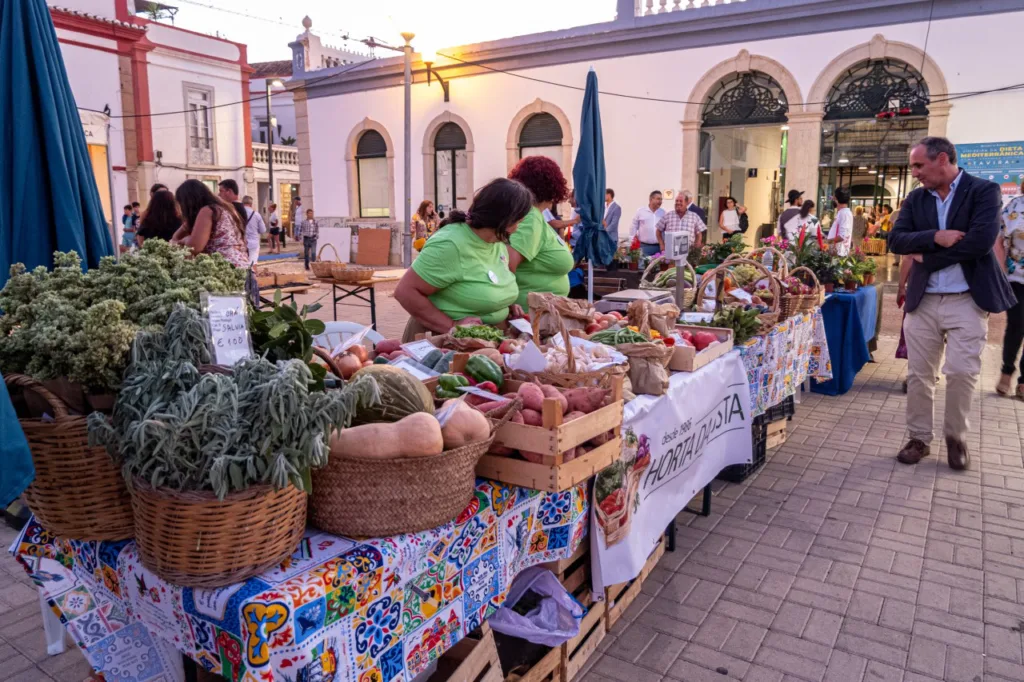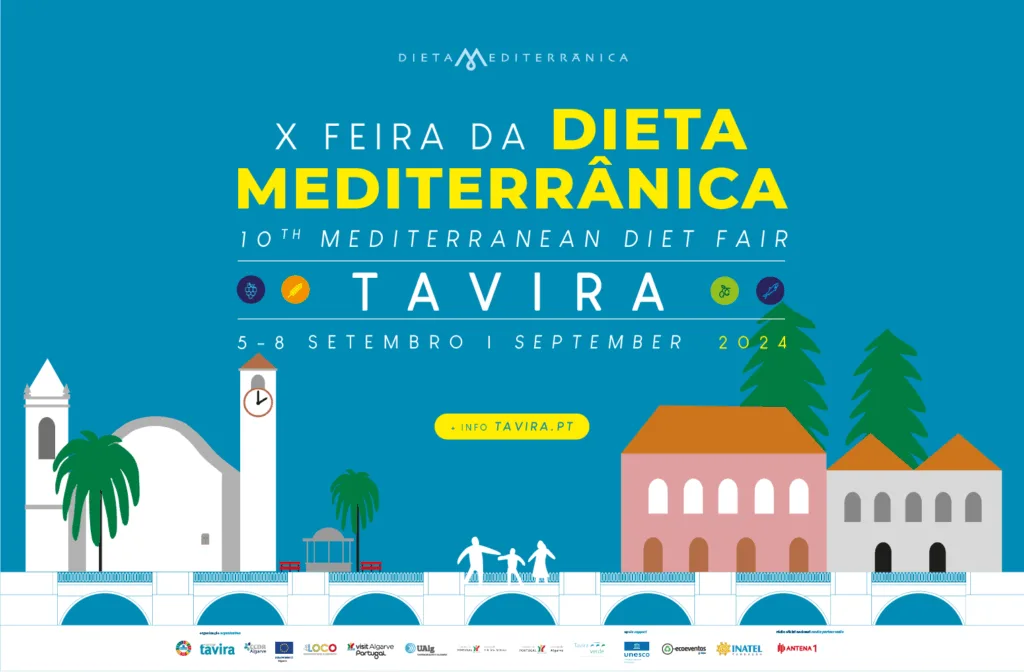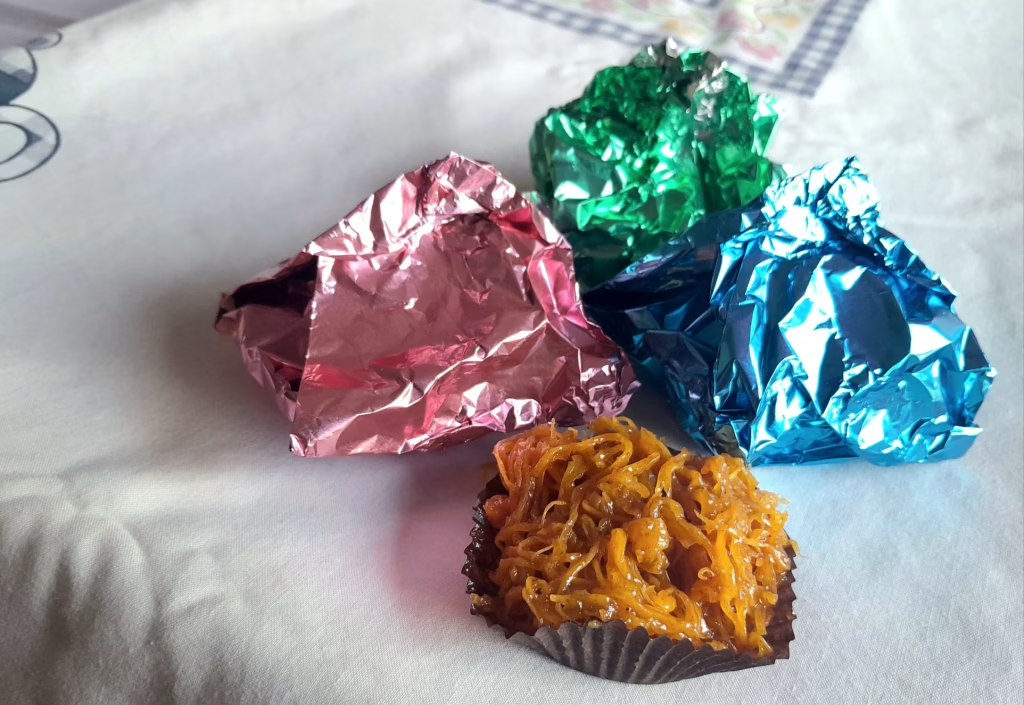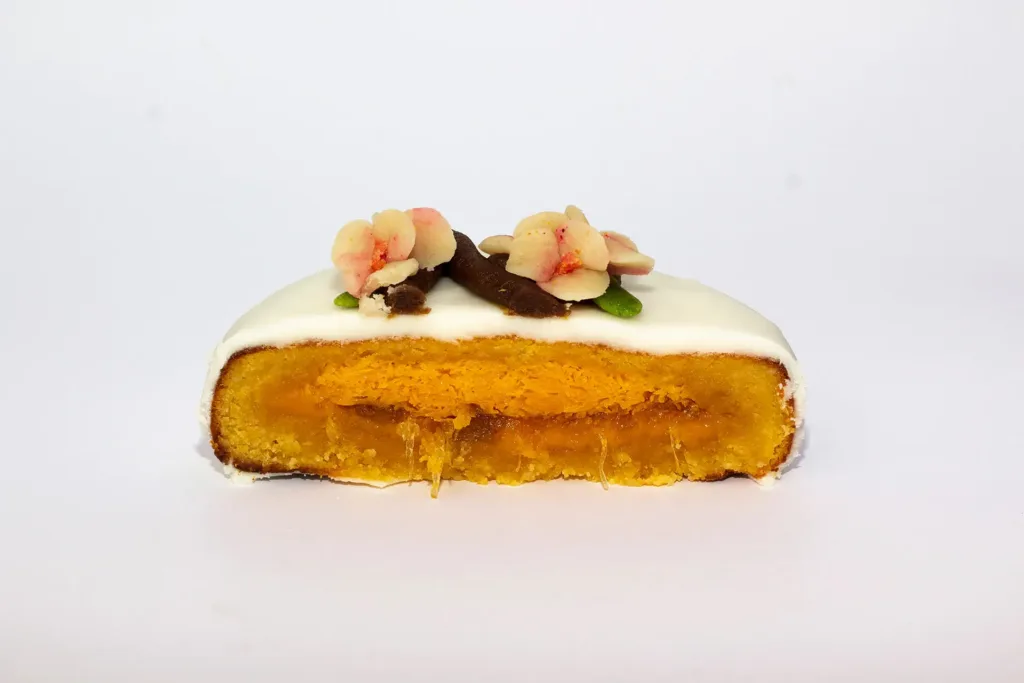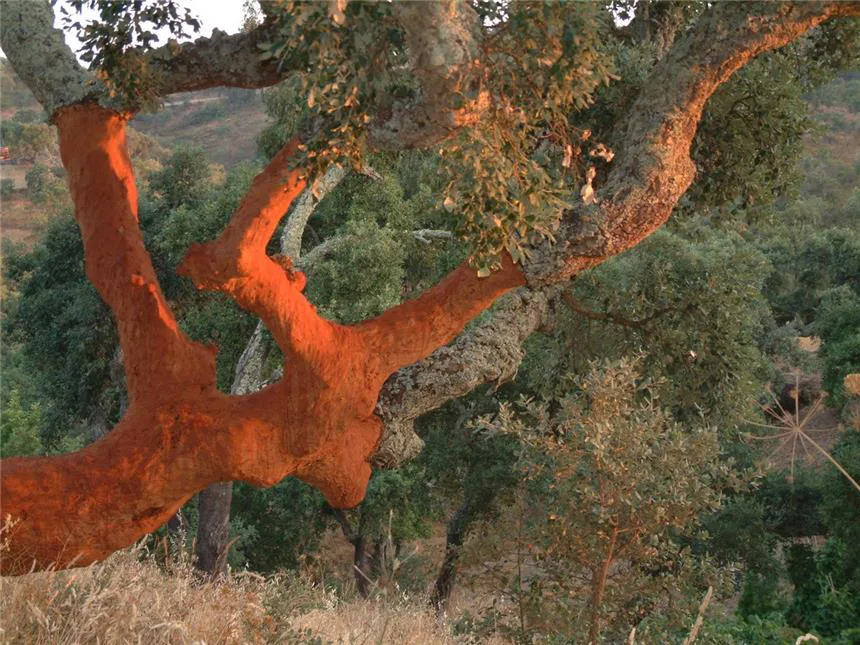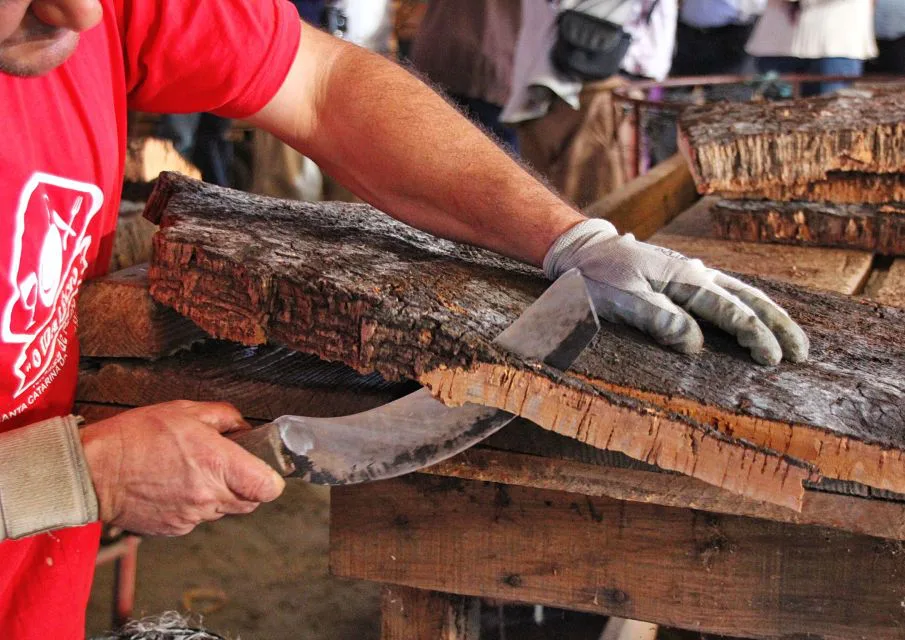Tucked just a few kilometres from Tavira, Pomar dos Sabores —also known as the Orchard of Flavours —is a beautiful living experiment in sustainable fruit cultivation and agroecology. It’s not your average orchard—it’s a botanical playground bursting with exotic fruit trees, wildlife, and educational inspiration.
🌱 A Living Botanical Garden
Founded in January 2019 , Pomar dos Sabores is a non-profit edible botanical garden certified by Botanical Gardens Conservation International in November 2022 . Spanning 2 hectares , the orchard hosts more than 300 species of fruit trees, ranging from mangoes and lychees to pomegranates and starfruit—each carefully chosen to see what thrives in our Mediterranean climate.
It’s designed as a living classroom: guided tours, self-guided visits, food tree safaris, interactive nature trails, and hands-on workshops in propagation, permaculture, and water-saving techniques.
🧠 Meet Miguel — The Founder’s Vision
Under the leadership of Miguel Cotton , the team at Orchard of Flavours brings passion and scientific rigor to their agroforestry work. Miguel and his team pursued an agroecological approach from the outset: contour-based planting zones developed to prevent erosion, ground cover for soil health, drip irrigation systems, compost ditches, and banana circles for fertility—all shared openly with gardeners worldwide.
Miguel’s commitment is to show that sustainable fruit production in Europe is possible , and that others can replicate these methods in their own gardens or small farms econtigo.ptOrchard of Flavours.
🌿 What You’ll Experience
- Guided or self-guided tours across diverse planting zones (citrus groves, tropical fruit zones, neglected Mediterranean varietals) with detailed background on each species.
- Tasting sessions , where you can sample freshly harvested fruits and discover new flavours—often from rare and region-adapted cultivars.
- Educational workshops —from seed propagation to food forest creation—open to gardeners and curious visitors alike.
- A public database of over four hundred plants, detailing soil preference, irrigation needs, and climate adaptation data for each species.
🗺️ Sample Visit Outline
| Element | Experience |
|---|---|
| Guided Tour | Learn about diverse fruit zones and tree lore |
| Fruit Tasting | Sample exotic varieties—like criollo cacao or cacao pods |
| Workshop (Optional) | Dive into composting, micro-irrigation, water-saving techniques |
| Picnic or Relaxation | Rest under shade trees and soak in the orchard atmosphere |


